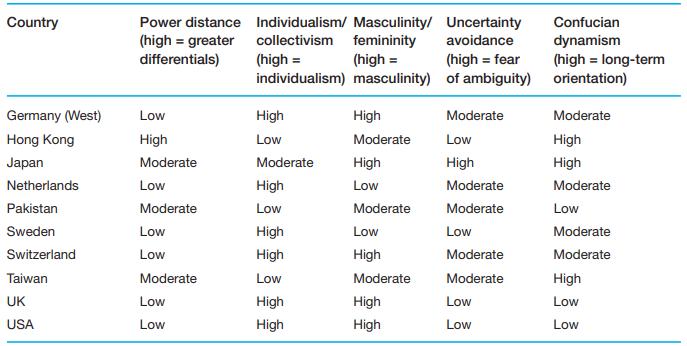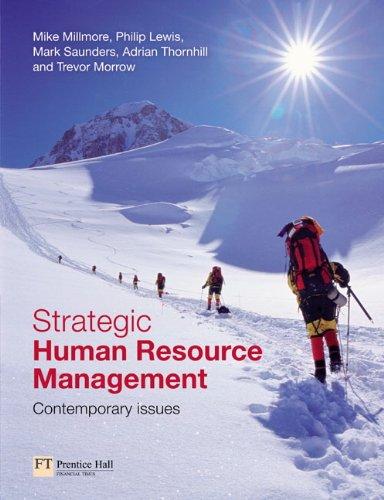Dicom Group plc is the global market leader in the information capture market, providing document imaging scanning
Question:
Dicom Group plc is the global market leader in the information capture market, providing document imaging scanning hardware and software, and associated support services. Operating through two distinct divisions, the information capture and the Samsung General Agency Division, the Group has wholly owned subsidiaries in Europe and Asia and over 10,000 customers in more than 60 countries (Dicom, 2004). In the financial year ending 30 June 2004, the Group achieved a turnover of £156.2 million, the information capture division accounting for 77 per cent of this and 92 per cent of the Group’s profits (Dicom, 2004).
Founded in Switzerland in 1991 by Otto Schmid, Dicom Group grew rapidly during the 1990s via a combination of acquisitions and organic growth and now employs over 840 people across the subsidiary companies. Although the Group headquarters are in Basingstoke, UK, the senior management team operate from an international base, due to the Group’s broad global coverage (Dicom, 2004). A visit to the Group’s web site reveals both the vision:
The Dicom team will be the world leader in enabling organisations to automate their business transactions by accelerating the collection, transformation and delivery of mission critical documents and the mission:
• We care for our customers better than anyone else in our industry.
• We are a premier business partner of the world’s leading system integrators, software developers, IT resellers and OEMs [original equipment manufacturers].
• We only compete with superior products and services in fast-growing information technology sectors in which we can achieve and maintain a dominant market share.
• We hire the highest calibre employees available and continually invest in their development.
• We constantly aim to achieve attractive returns for our shareholders.
• To us respect, integrity and loyalty constitute very important values, reflected in a co-operative relationship with the society and the environment in which we operate.
The Group promotes itself to employees in the subsidiary companies as the ‘Dicom Family’. The unofficial (although heavily endorsed by senior management) aim of the Group is ‘to make money and have fun doing it’. Announcements regarding Group performance and other news are communicated regularly to all employees via email from the Chief Executive Officer. These emails always begin ‘Dear Friends,’ and finish by thanking everyone for their hard work and commitment. Within emails, subsidiaries’ newsletters and face-to-face communications, a Group language has evolved in which some everyday words and phrases have particular organisational meanings. For example, employees throughout Dicom are likely to say ‘Standards!’
when a colleague or the organisation has done well, thereby offering congratulations for the setting of a standard which competitors will find difficult to achieve. Group members argue that the use of such language reinforces the feeling of camaraderie, and their membership of an exclusive club.
Stories are used to illustrate the Group’s values to visitors, prospective and new employees. One story concerns the Group’s tenth anniversary celebrations.
All 800 employees from around the world and their partners were invited to Switzerland for an all expenses paid weekend of celebrations at the Lucerne Opera House. This was hired exclusively by the Group for the whole weekend and, according to Dicom legend, was partly funded by the Chairman out of his own pocket. This and other stories are used to illustrate the humanity and caring nature of the Board of Directors and how this permeates the entire Group......
Questions
1. Drawing on the information given in this case, construct a cultural web for Dicom Group.
2. Assess the extent to which Dicom Group’s culture is aligned to its vision and mission.
3. To what extent do you consider that Dicom Group’s culture exhibits characteristics identified by Hofstede (Table 6.1) and by Trompenaars and Hampden-Turner (Table 6.2) for Switzerland?
Give reasons for your answer.
Table 6.1:

Table 6.2:

Step by Step Answer:

Strategic Human Resource Management Contemporary Issues
ISBN: 9780273681632
1st Edition
Authors: Mark N. K. Saunders; Mike Millmore; Philip Lewis; Adrian Thornhill; Trevor Morrow





